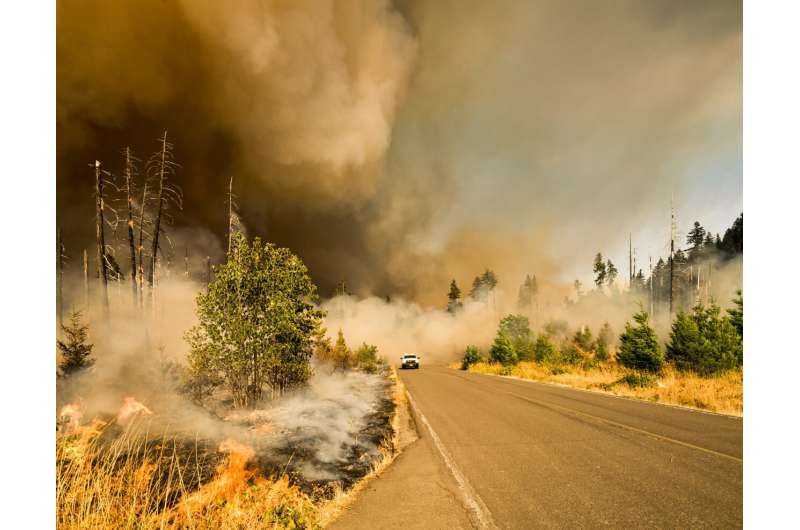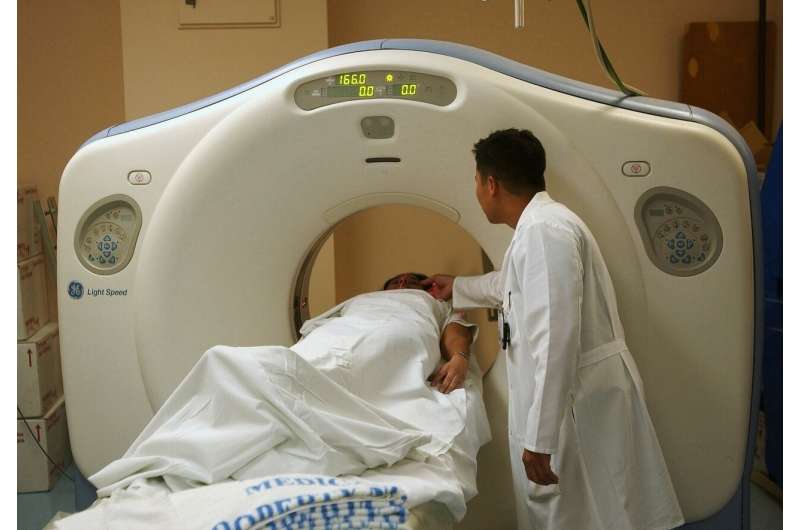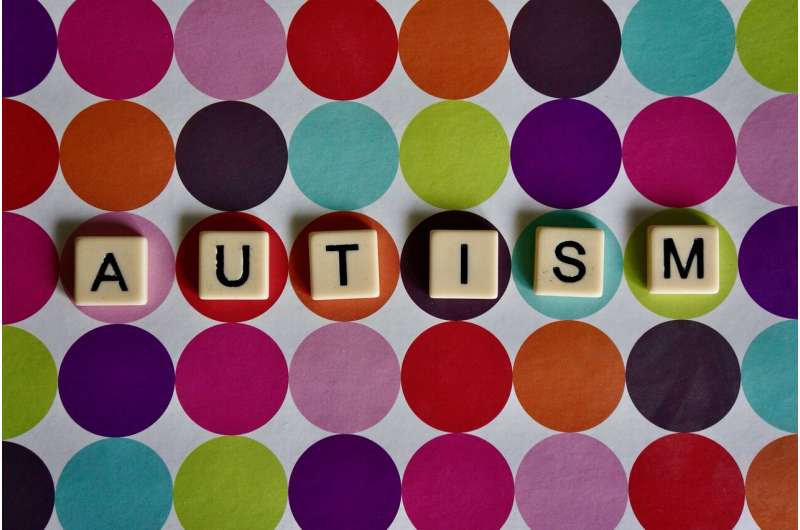Long-lasting Impact of Wildfire Smoke on Heart and Lung Health

New research reveals that wildfire smoke can affect heart and lung health for up to three months after fires end, emphasizing the need for prolonged protective measures and improved wildfire management strategies.
Exposure to fine particulate matter (PM2.5) from wildfire smoke can have prolonged health effects, extending up to three months after a fire has been extinguished. Recent research highlights that the health risks associated with wildfire smoke are more enduring than previously understood, with implications for public health policies and personal protective measures.
The study, published in the journal Epidemiology, was conducted by scientists from the Icahn School of Medicine at Mount Sinai and Harvard T.H. Chan School of Public Health. It examined the medium-term effects of wildfire-related PM2.5 on hospitalizations for various cardiovascular and respiratory conditions across 15 U.S. states, using data from 2006 to 2016. The findings reveal a significant increase in hospital admissions for conditions such as ischemic heart disease, cerebrovascular disease, arrhythmia, hypertension, pneumonia, chronic obstructive pulmonary disease (COPD), and asthma linked to exposure to wildfire smoke.
PM2.5 particles are tiny pollutants that penetrate deep into the lungs and bloodstream. Wildfire smoke contains a higher concentration of carbon-rich particles, which are more harmful due to their capacity to induce oxidative stress and inflammation. The study observed that neighborhoods with more vegetation or greater socioeconomic disadvantages experienced larger health impacts, and individuals with a history of smoking were also at increased risk.
This pioneering research is the first to comprehensively evaluate the medium-term health effects of wildfire smoke across multiple disease categories. It underscores how wildfire emissions have reversed decades of air quality improvement in the U.S., partly due to increased wildfires driven by climate change.
Experts emphasize that wildfire smoke can persist in the air for extended periods, even after the fires are out. The authors advocate for improved wildfire management strategies, such as prescribed burns that prioritize public health, and stress the importance of preventive measures like wearing masks and utilizing high-efficiency particulate air (HEPA) filters. These protective actions should be maintained for weeks to months following a wildfire incident.
Public health officials and clinicians are urged to promote awareness and adoption of preventive strategies during wildfire seasons. As wildfires grow more frequent and intense, addressing their health impacts is becoming an urgent priority. Implementing policies to reduce exposure and investing in public health infrastructure are vital steps to protect communities nationwide.
For more details, refer to the full study: Wei, Yaguang, et al. Medium-term exposure to wildfire smoke PM2.5 and cardiorespiratory hospitalization risks. Epidemiology (2025). DOI: 10.1097/EDE.0000000000001881
Source: MedicalXpress
Stay Updated with Mia's Feed
Get the latest health & wellness insights delivered straight to your inbox.
Related Articles
Pre-Conception CT Scans Linked to Increased Risks of Miscarriage and Birth Defects
A large-scale study links pre-conception CT scans to increased risks of miscarriage and birth defects, stressing caution in imaging women planning pregnancy.
Effective Strategies for Supporting Autistic Patients in Healthcare Settings
Learn how healthcare providers can better support autistic patients through tailored accommodations, inclusive communication, and recognizing diverse presentations to improve health outcomes.
Molecular Testing Steers Personalized Chemotherapy for Advanced Prostate Cancer Patients
New research demonstrates that tumor gene expression profiling can predict which advanced prostate cancer patients will benefit from chemotherapy, improving survival and reducing unwarranted side effects. Published in *Cell*, the study validates molecular testing as a powerful tool to personalize treatment strategies.



